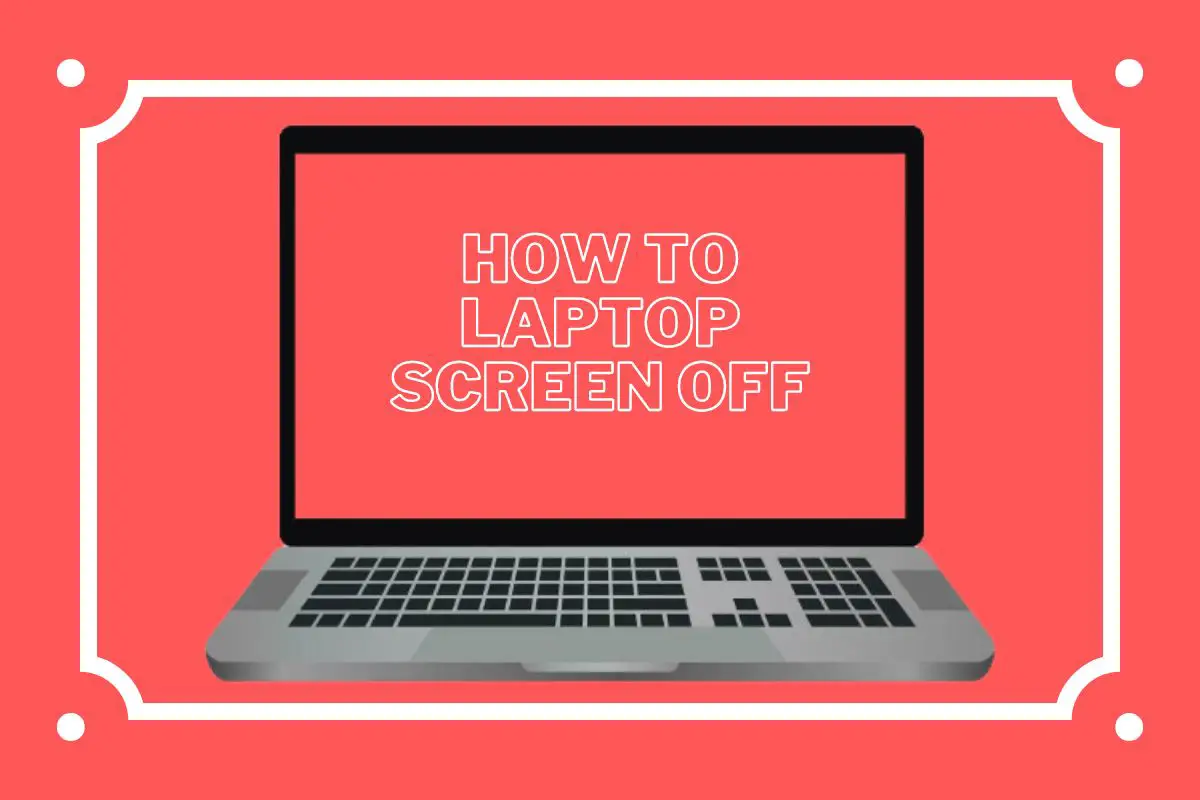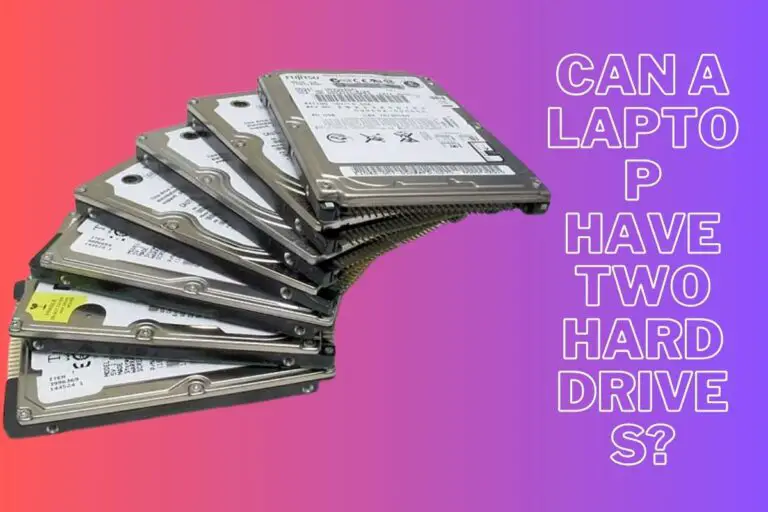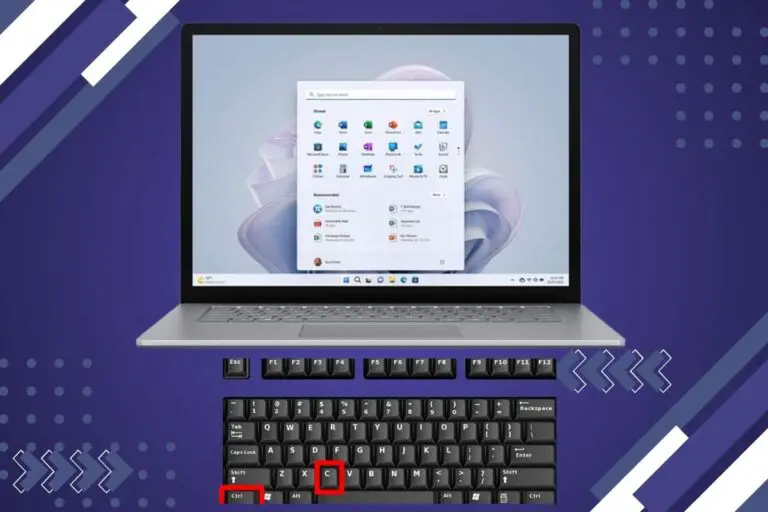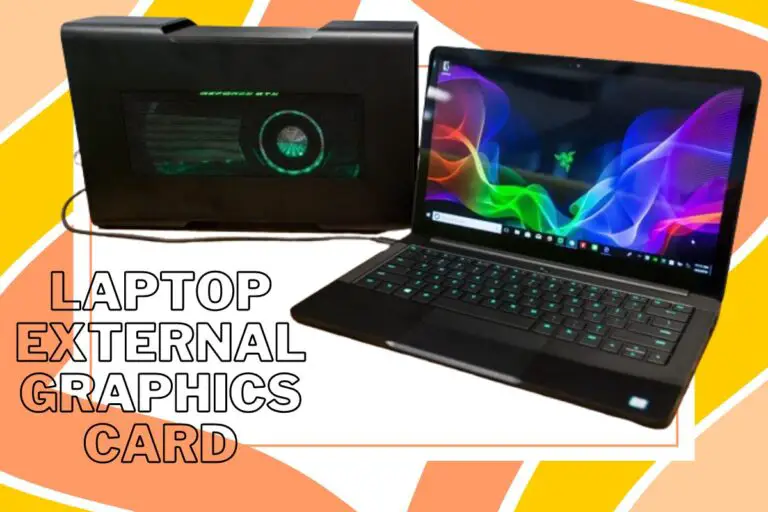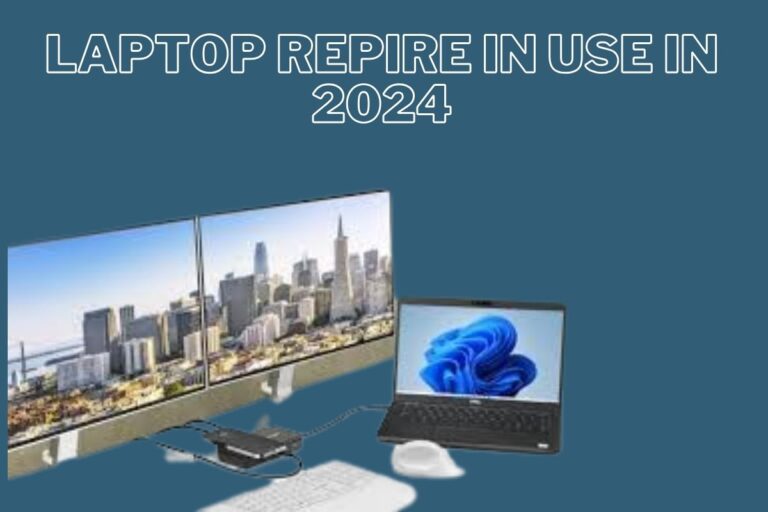How To Laptop Screen Off
Tired of your How To Laptop Screen Off glaring at you when you’re not using it? Want to save battery life or just give your eyes a break? Learning how to turn off your laptop screen can be a game-changer. Whether you’re looking to master keyboard shortcuts or explore alternative methods, this guide will show you the ropes. Say goodbye to that pesky glow and hello to a more efficient use of your device!
Why Would You Want to Turn Your Laptop Screen Off?
Imagine you’re working on a project, and suddenly you need to step away from your laptop. Instead of shutting it down completely, turning off the screen can be a quick way to save power.
Turning off your laptop screen not only conserves energy but also reduces eye strain. Constantly staring at a bright screen can lead to headaches and fatigue. Giving your eyes a break by turning off the display can help alleviate these issues.
In addition, if you’re in a public space or want some privacy, turning off your laptop screen prevents others from glancing at sensitive information that might be displayed on your monitor. It’s like hitting pause on any potential prying eyes and keeping your work confidential.
How to Turn Off Your Laptop Screen Using Keyboard Shortcuts

Have you ever been in a situation where you needed to quickly turn off your laptop screen? Knowing keyboard shortcuts can be a game-changer.
One common shortcut is pressing the Windows key + P on your keyboard. This will bring up the “Project” menu, allowing you to choose how you want your screen to be displayed – including an option to turn off the display.
Another handy shortcut is pressing Ctrl + Shift + Eject (or Delete) on Mac laptops. This will instantly turn off your screen without having to navigate through settings menus.
Exploring these simple yet effective shortcuts can save you time and hassle when you need a quick break from staring at your laptop screen.
How to Adjust Power Settings for Screen Timeout
To adjust power settings for screen timeout on your laptop, you can customize how long it takes for the screen to turn off when not in use. This feature is handy for saving battery life and ensuring privacy in public spaces.
On Windows laptops, go to Control Panel > Hardware and Sound > Power Options. From here, you can select a power plan and then adjust the display settings to change when the screen turns off. You can choose different times for both when running on battery power and when plugged in.
For Mac users, head to System Preferences > Energy Saver. Here you can set the time until the display sleeps under “Turn display off after.” Adjusting this setting will help conserve energy and prolong your laptop’s battery life.
By customizing these power settings, you can tailor your laptop’s behavior to suit your needs whether you’re working on-the-go or at home.
Alternative Methods for Turning Off Your Laptop Screen
If you’re looking for alternative methods to turn off your laptop screen, there are a few tricks you can try. One option is to use third-party software that allows you to quickly toggle the screen on and off with just a click. These programs can be convenient if you want a more straightforward way to control your screen without diving into system settings.
Another method is using external devices like docking stations or monitor switches that have dedicated buttons for turning off displays. This can be useful if you frequently switch between multiple screens and want an easy way to manage them all at once.
Some laptops also come equipped with physical switches or buttons that allow you to manually turn off the display without having to go through software menus. Check your laptop’s user manual or look up specific model features online to see if this option is available for your device.
Exploring these alternative methods can help streamline how you manage your laptop screen, providing quick solutions tailored to your preferences and workflow.
Tips for Saving Battery Life When Not Using Your Laptop
When you’re not using your laptop, there are a few simple tips to help save battery life and extend its overall lifespan.
Make sure to close any unnecessary programs or tabs running in the background. These can drain your battery even when you’re not actively using them.
Additionally, lowering the screen brightness can significantly reduce power consumption. Adjusting settings like this can make a big difference in how long your laptop stays charged.
Another helpful tip is to disconnect any external devices that aren’t in use, such as USB drives or peripherals. These devices draw power from your laptop even when they’re not being utilized.
Consider putting your laptop into sleep mode or hibernate when not in use for an extended period of time. This will further conserve battery life and ensure that it’s ready to go when you need it next.
Conclusion | How To Laptop Screen Off
Turning off your laptop screen using keyboard shortcuts or adjusting power settings can be a simple way to save energy and extend battery life. By utilizing these methods when your laptop is not in use, you can reduce electricity consumption and contribute to a more sustainable environment. Remember to also consider alternative methods for turning off the screen, such as closing the lid or using external monitors. With these tips in mind, you can effectively manage your laptop’s power usage while maintaining efficiency and convenience.

